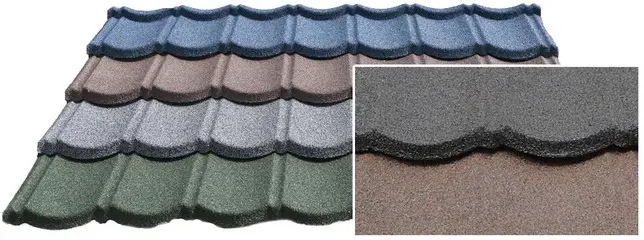
High Precision Straightening and Leveling Machines A Key Asset for Modern Manufacturing
In today's fast-paced manufacturing landscape, the demand for high precision and efficiency is more critical than ever. One of the unsung heroes of this industrial revolution is the high precision straightening and leveling machine. These machines play a pivotal role in ensuring the quality and structural integrity of metal components, which are essential in various industries, from automotive and aerospace to construction and electronics.
Understanding Straightening and Leveling Processes
Straightening refers to the process of correcting the shape of a workpiece that has been warped or deformed, typically due to the stresses experienced during machining, welding, or transportation. Leveling, on the other hand, involves ensuring that various parts of a component are uniformly flat, which is crucial in ensuring the proper assembly and functionality of complex assemblies.
High precision straightening and leveling machines are designed to handle significant challenges in both processes. They apply mechanical forces in controlled manners, employing advanced engineering techniques that ensure the workpiece is returned to its desired specifications without compromising its material properties.
Technology Behind Precision Machines
The technology involved in high precision straightening and leveling machines has advanced significantly in recent years. These machines are often equipped with sophisticated hydraulic systems, CNC controls, and advanced sensors that allow for the precise monitoring and adjustment of the straightening or leveling process. The incorporation of computer numerical control (CNC) enables manufacturers to program specific parameters and repeat the process with high accuracy, reducing the risk of human error and increasing productivity.
Additionally, modern machines often come with integrated software solutions that not only guide the operator but also provide real-time feedback on the straightening and leveling processes. This technological integration helps optimize operation speeds, minimizes downtime, and ensures a consistent quality output that meets the rigorous demands of today’s manufacturing standards.
Benefits of High Precision Machinery

The investment in high precision straightening and leveling machines yields numerous benefits for manufacturing facilities. Firstly, improved product quality is a direct outcome of utilizing such machinery, as they ensure that metal components meet stringent dimensional tolerances. This reliability translates into longer-lasting products and reduces the likelihood of defects, which can be costly in terms of warranty claims and customer satisfaction.
Secondly, these machines enhance productivity. They minimize the need for secondary operations, such as additional grinding or manual adjustments, effectively streamlining the manufacturing process. Reduced labor time and enhanced cycle times lead to lower production costs and increased output, which are vital in maintaining competitiveness in the global market.
Moreover, high precision straightening and leveling machines contribute to better resource management. By enabling manufacturers to optimize material usage, they help in minimizing waste. This not only benefits the bottom line but also aligns with the growing push towards sustainable manufacturing practices.
Applications Across Industries
The utility of high precision straightening and leveling machines is evident across various sectors. In the automotive industry, they are essential in manufacturing components such as chassis, axles, and frames, where precision is critical for vehicle safety and performance. Similarly, in aerospace, the demand for lightweight yet strong components means that the straightening and leveling of high-strength materials must be executed with utmost precision.
In the construction and electronics industries, these machines ensure that components fit together correctly, reducing the likelihood of failures due to structural misalignments or undue stress during operation.
Conclusion
High precision straightening and leveling machines represent a critical investment for modern manufacturers seeking to improve quality, efficiency, and competitiveness. Through advanced technology and innovative engineering, these machines not only meet the demands of various industries but also pave the way for future advancements in manufacturing processes. As technology continues to evolve, the role of these machines will undoubtedly become even more significant, affirming their position as invaluable assets in the manufacturing sector.